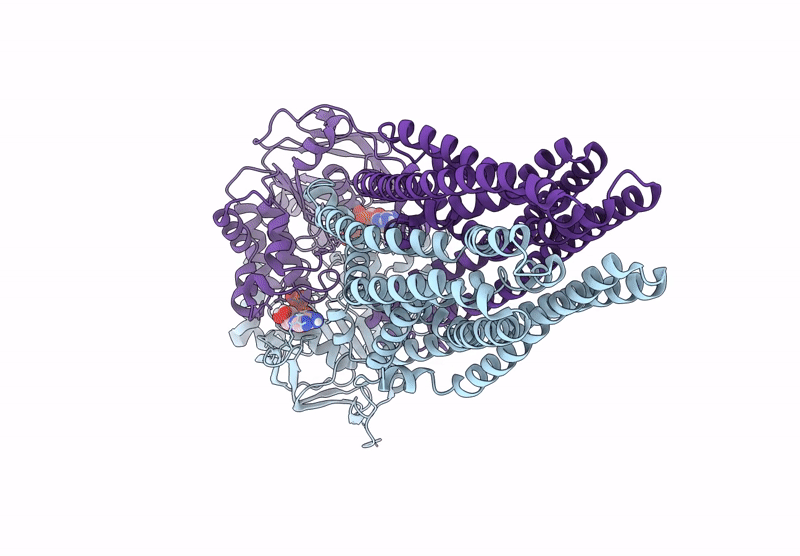
Deposition Date
2024-08-26
Release Date
2024-12-18
Last Version Date
2025-02-12
Entry Detail
PDB ID:
9GL3
Keywords:
Title:
Cryo-EM structure of IrtAB 2xEQ, A256R_IrtB mutant in LMNG
Biological Source:
Source Organism:
Host Organism:
Method Details:
Experimental Method:
Resolution:
3.20 Å
Aggregation State:
PARTICLE
Reconstruction Method:
SINGLE PARTICLE


